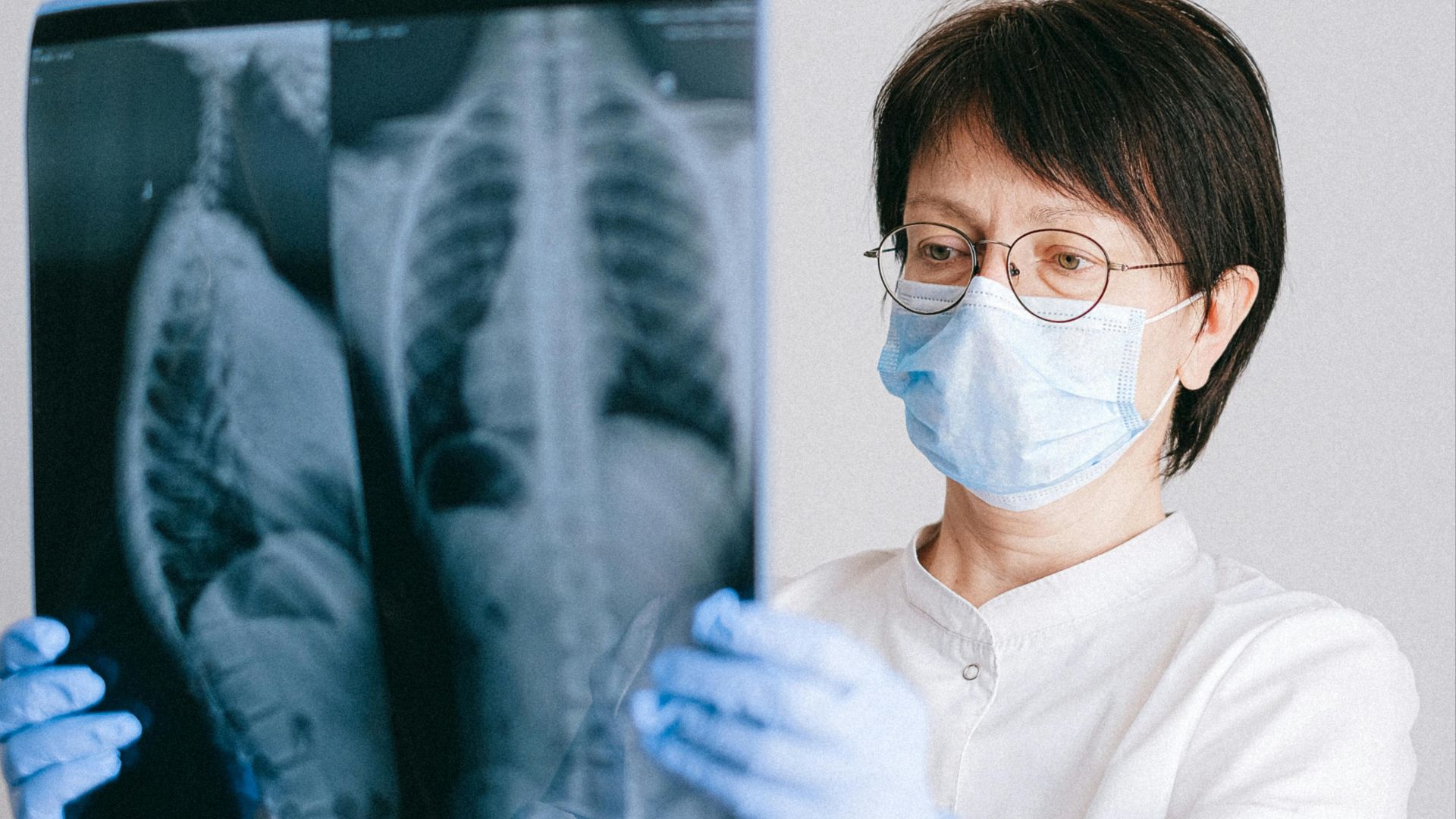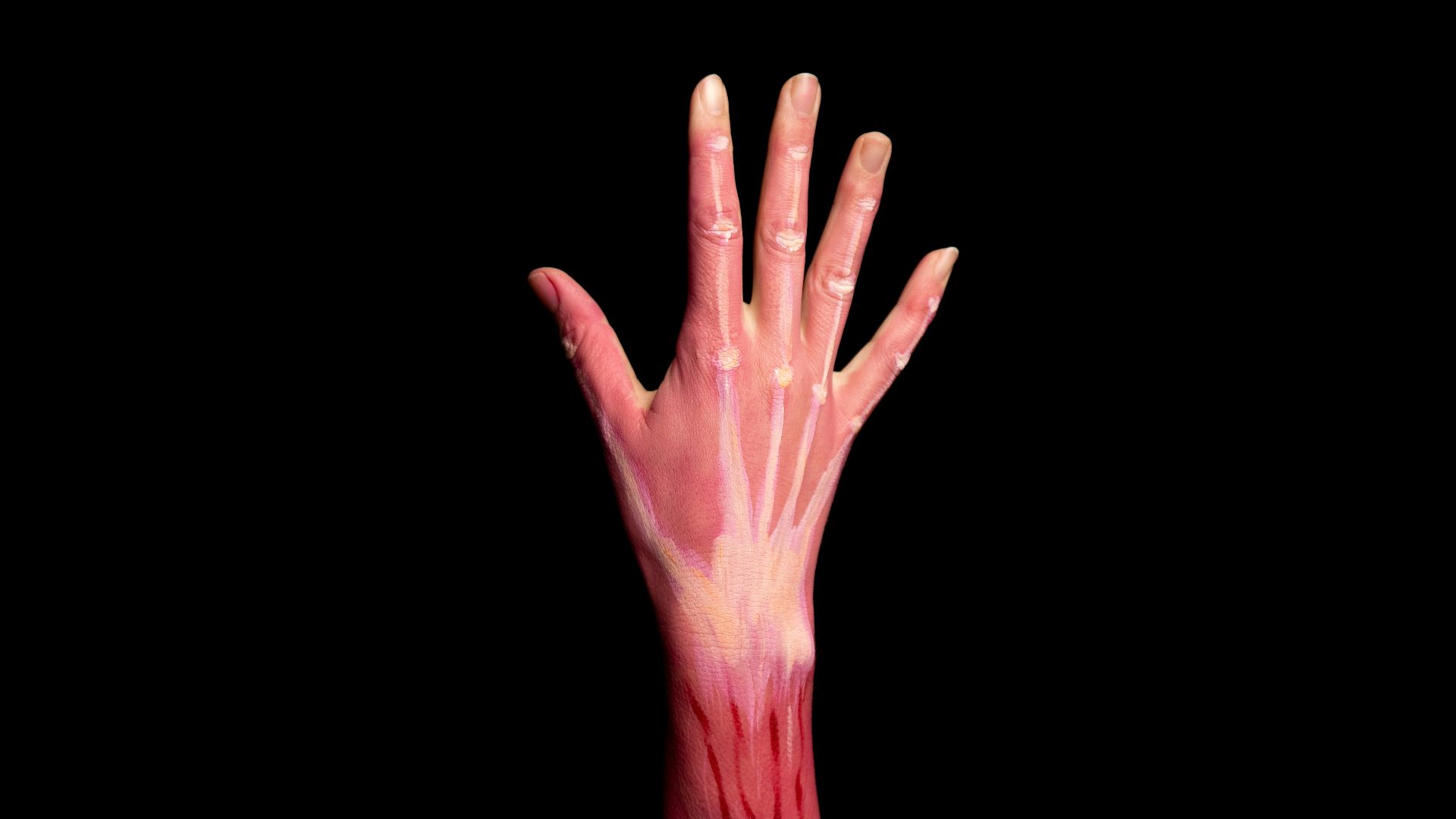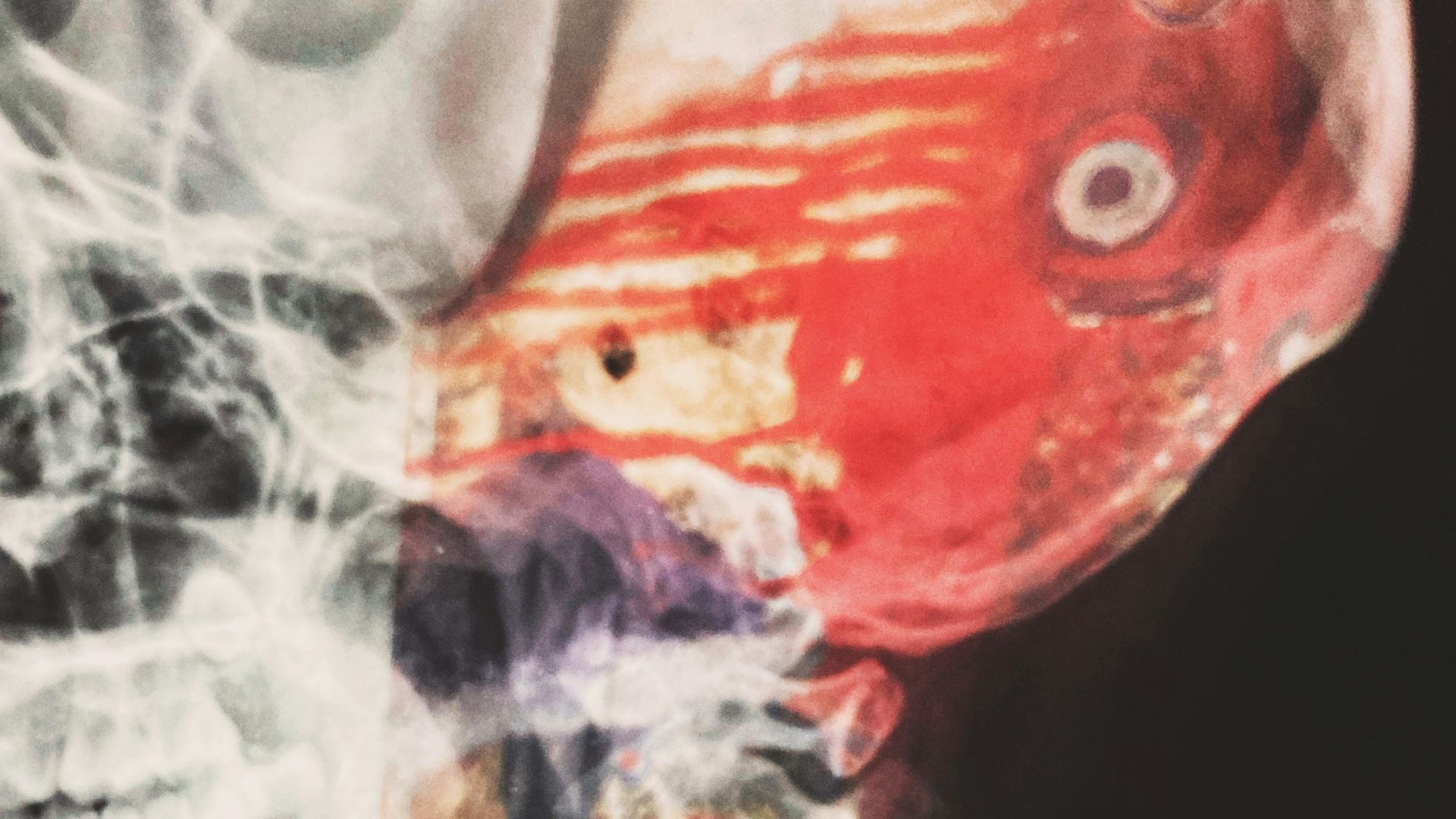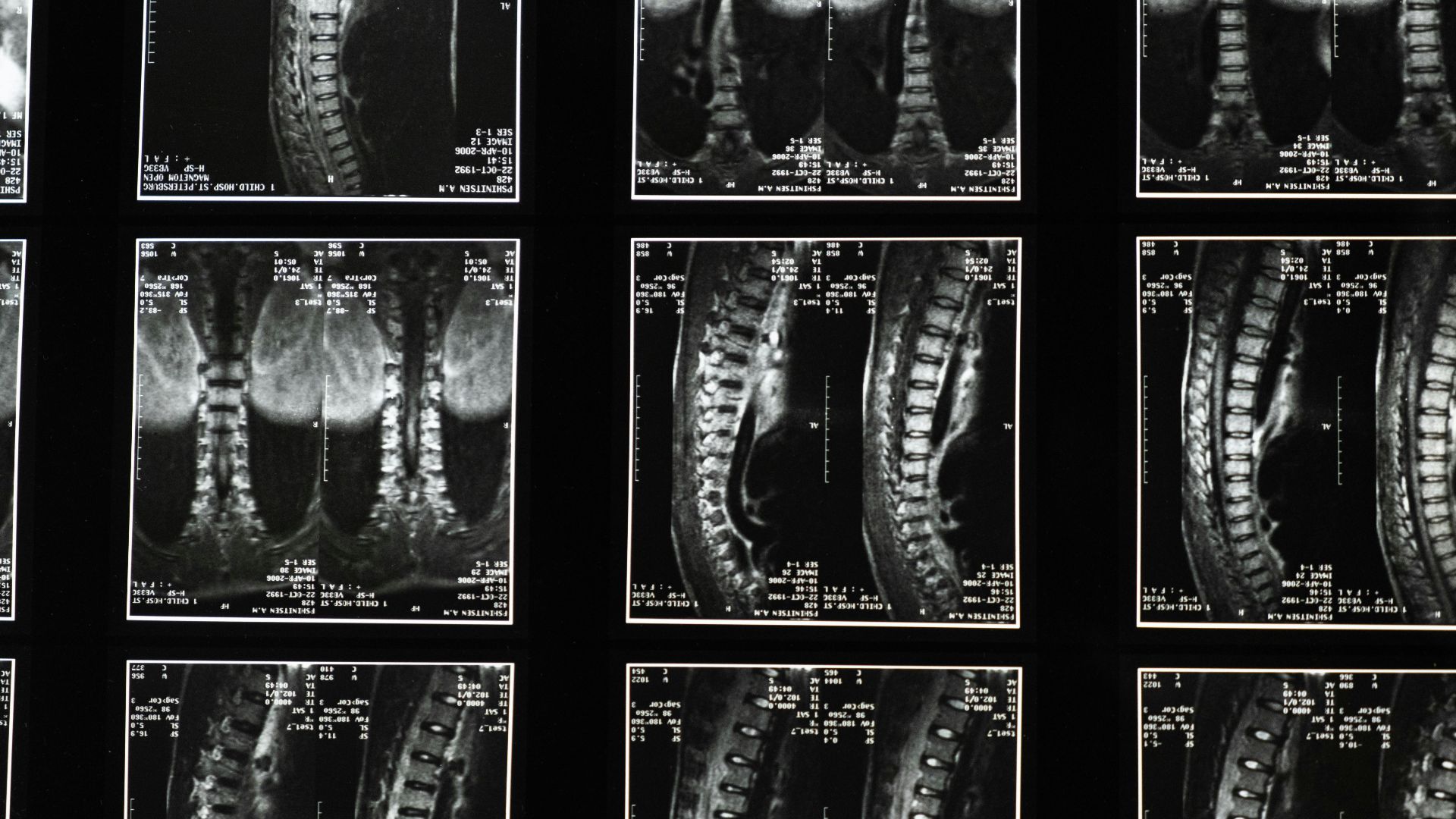Whether Common Or Rare, Diseases Effect Us All
Diseases afflict us in many different ways. Whether they're extremely rare or common, they can dramatically diminish our quality of life, alter our mindset, or perception of reality. Here are the 10 most common and 10 rarest diseases.
1. Heart Disease
The leading cause of death in the USA is one of the most common diseases worldwide. Heart disease occurs when your arteries struggle to supply the blood, oxygen, and nutrients your body needs to function due to blocked or narrowed blood vessels.
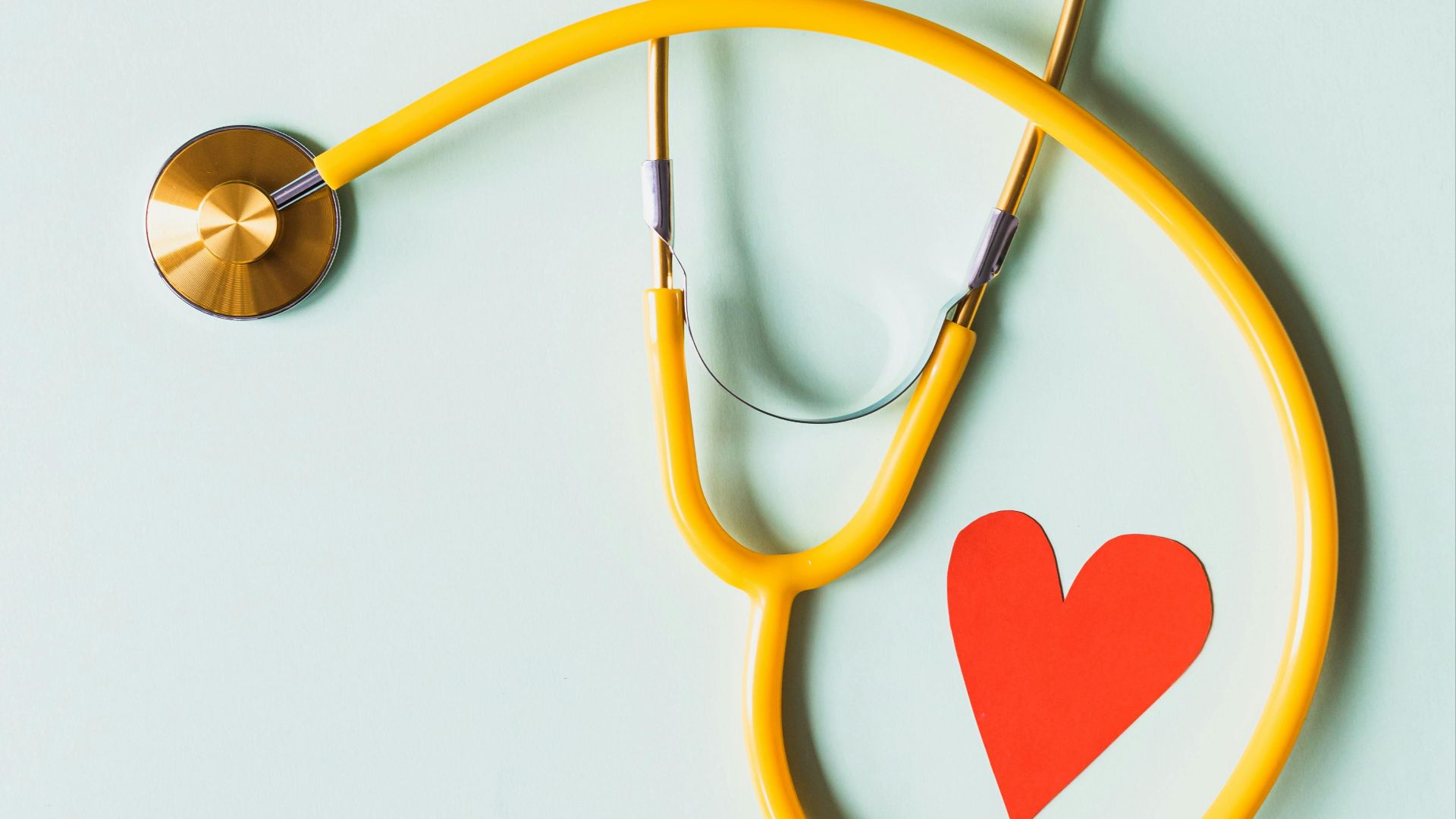 Photo By: Kaboompics.com on Pexels
Photo By: Kaboompics.com on Pexels
2. Alzheimer's
Alzheimer's is the most common cause of dementia. The main symptom of this neurodegenerative disease is forgetfulness. Around one in nine Americans over the age of 65 suffer from Alzheimer's disease.
3. Diabetes
Diabetes is a condition that occurs when your blood sugar is consistently too high. There are many different types of diabetes but type 2, caused by insulin resistance, is the most common, affecting about one in 10 Americans.
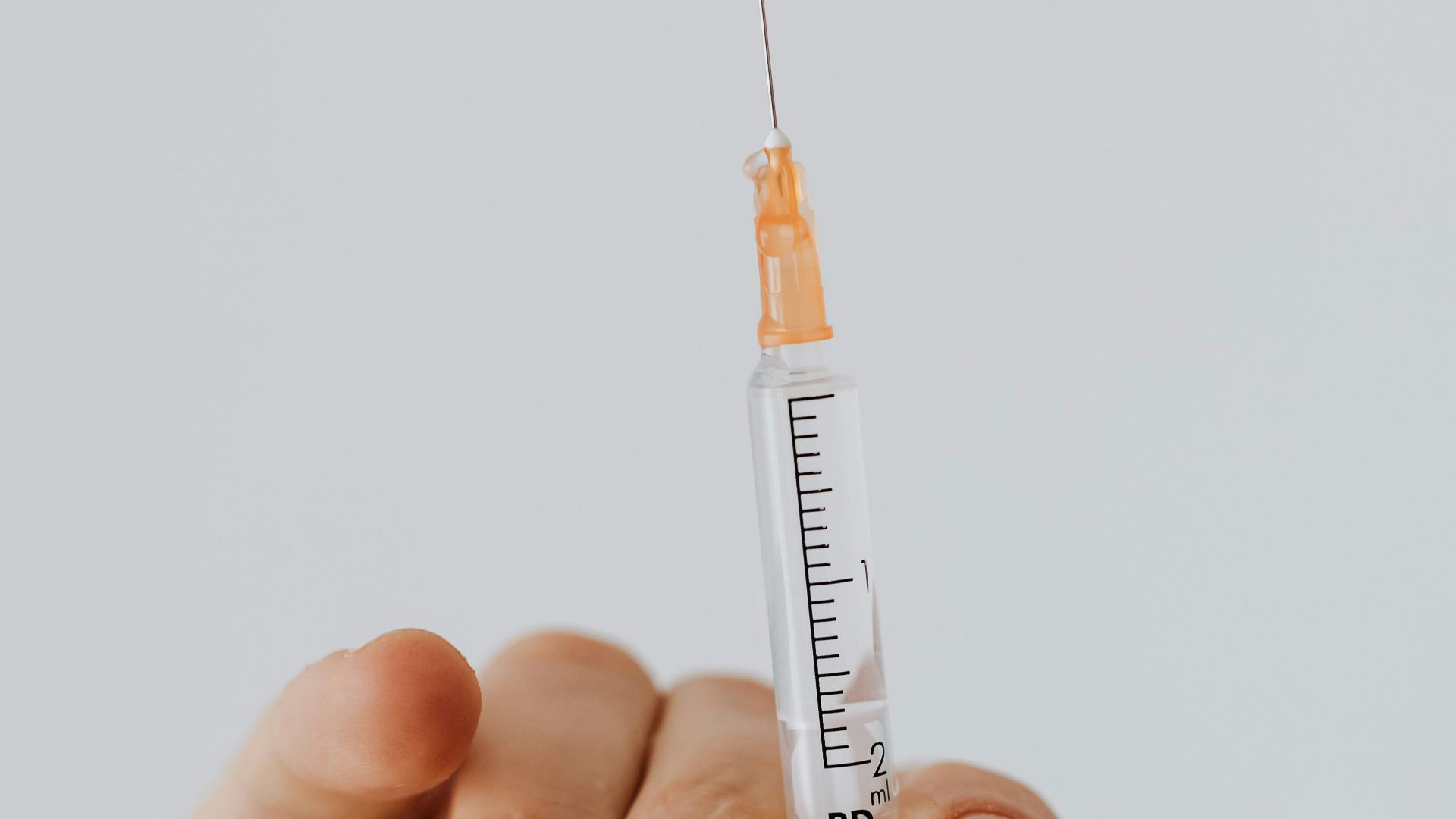 Photo By: Kaboompics.com on Pexels
Photo By: Kaboompics.com on Pexels
4. Respiratory Disease
Respiratory diseases like asthma and bronchitis are those that make breathing difficult. They're most commonly caused by viruses or bacteria that weaken or damage respiratory organs. Smokers are most at risk.
5. Cancer
The second largest killer in the country after heart disease, more than half a million Americans die of cancer each year. Cancer is caused by fast and uncontrolled cell growth in the body. Activities like smoking and drinking alcohol increase your risk of cancer.
6. Mental Health Disorders
More than half of Americans will be diagnosed with a mental health disorder like depression or anxiety at some point in their lives. Mental illnesses affect a person's mood, behavior, or thinking, impairing their functioning.
 Priscilla Du Preez 🇨🇦 on Unsplash
Priscilla Du Preez 🇨🇦 on Unsplash
7. Infectious Diseases
Infectious diseases are caused by bacteria, viruses, fungi, or parasites. These include the flu, malaria, HIV/AIDS, tuberculosis, and others.
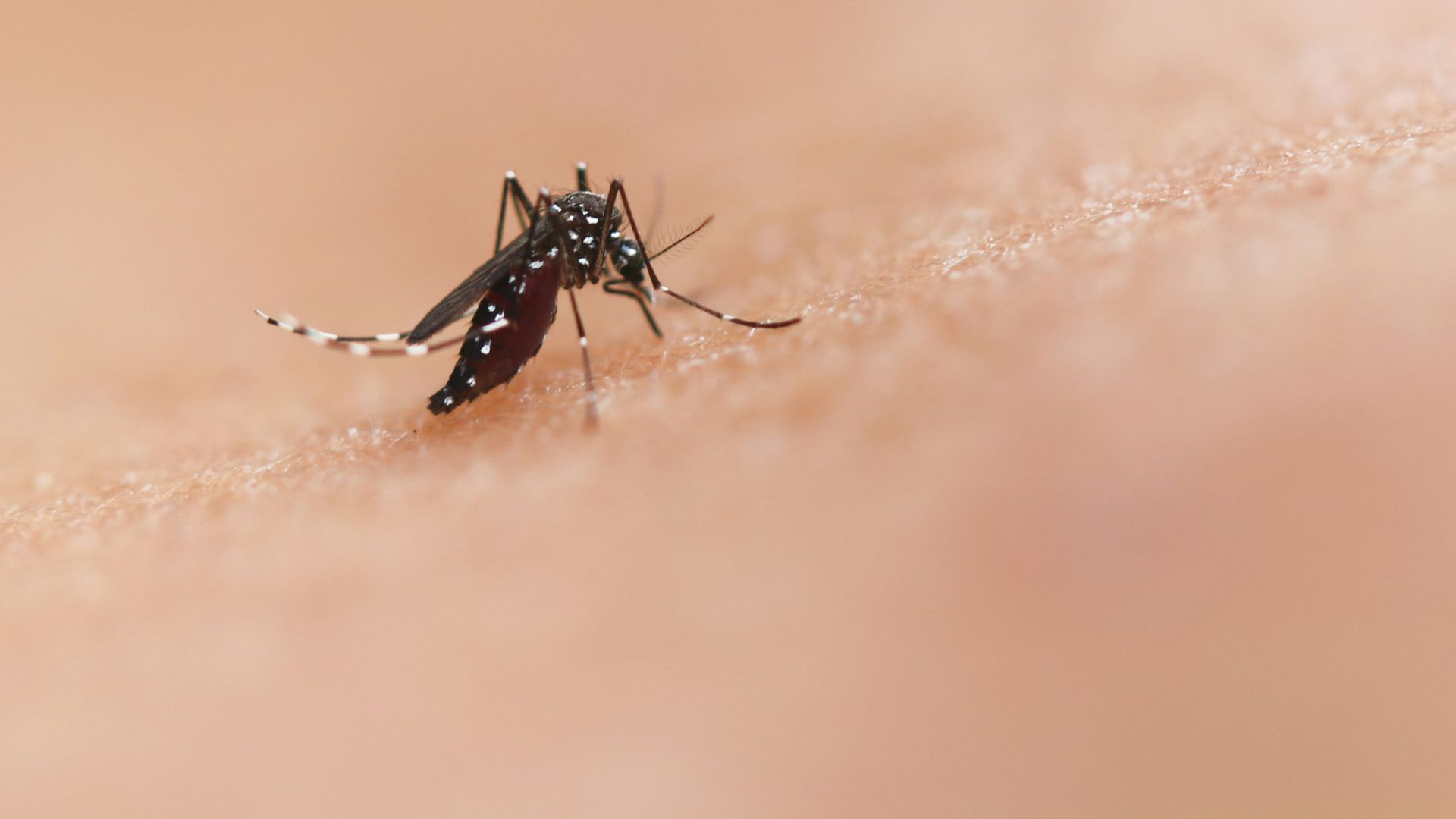 National Institute of Allergy and Infectious Diseases on Unsplash
National Institute of Allergy and Infectious Diseases on Unsplash
8. Musculoskeletal Diseases
Musculoskeletal diseases include arthritis, osteoporosis, and lower back pain. They're caused by aging, overuse, injuries, and autoimmune diseases and affect 1.7 billion people worldwide.
9. Obesity
Obesity is a condition caused by excessive fat accumulation that can lead to other health problems. It's caused by poor diet, physical inactivity, and a genetic disposition.
 Photo By: Kaboompics.com on Pexels
Photo By: Kaboompics.com on Pexels
10. Gastrointestinal Diseases
Gastrointestinal diseases affect the digestive system and include irritable bowel syndrome, peptic ulcers, and inflammatory bowel diseases. They're extremely common, afflicting one in five Americans and 2.9 billion people worldwide.
Now that we've covered some of the most common diseases affecting billions of people worldwide, let's talk about the rarest ones you've probably never heard of.
1. Fields' Disease
Fields' disease is considered the rarest in the world, with only two known cases. It's a neuromuscular disease that causes muscular degeneration and involuntary muscle movements.
2. RPI Deficiency
Ribose 5-phosphate isomerase (RPI) deficiency is an extremely rare metabolic disorder caused by the lack of an enzyme. It causes severe neurological and developmental impairments, seizures, and poor motor skills.
3. Dercum's Disease
Dercum's disease is characterized by painful fatty growths usually accompanied by fatigue, weight gain, depression, and in some cases, cognitive disturbances. Although the amount of people who have had it is unknown due to underdiagnosing, it's estimated to occur in less than one in 50,000 people.
4. Spinal Muscular Atrophy
Spinal muscular atrophy is a rare genetic neuromuscular disease that effects neurons in the spinal cord and brainstem. It's characterized by muscle weakness and may lead to loss of movement.
5. Fibrodysplasia Ossificans Progressiva
Fibrodysplasia ossificans progressiva (FOP) is a musculoskeletal disease where soft tissues turn into bone, eventually making movement impossible. It's extremely rare, with only one out of 2,000,000 people affected.
6. Alkaptonuria
Alkaptonuria is a very rare genetic condition that prevents the body from processing certain amino acids, causing urin to turn black and damaging joints and tissue. Other symptoms include dark-colored sweat, blue discoloration of skin, and early-onset arthritis.
7. Alice in Wonderland Syndrome
The aptly named Alice in Wonderland syndrome is a rare neurological condition that distorts your perception of reality, making things seem larger or smaller than they actually are. It's most commonly seen in children but can affect adults with certain brain-related conditions as well.
8. Foreign Accent Syndrome
Foreign accent syndrome is caused by a misalignment of the tongue which makes a person speak in a different accent from their natural one. It's usually brought on by a brain injury.
9. Kuru
Kuru disease is named after the Papua New Guinea tribe that's effected by it. It's characterized by muscle weakness, tremors, cognitive decline, and eventual paralysis and has been historically linked to ritualistic cannibalism.
10. Tardive Dyskinesia
Tardive Dyskinesia is characterized by involuntary body movements like sticking out the tongue, smacking or puckering the lips, and excessive eye blinking. It usually occurs in psychotic patients after taking antipsychotic medication.
KEEP ON READING

20 Natural Ways You Can Boost Your Immune System

20 Ways To De-stress & Relax After Work

The 10 Most Common Diseases & The 10 Most Rare





